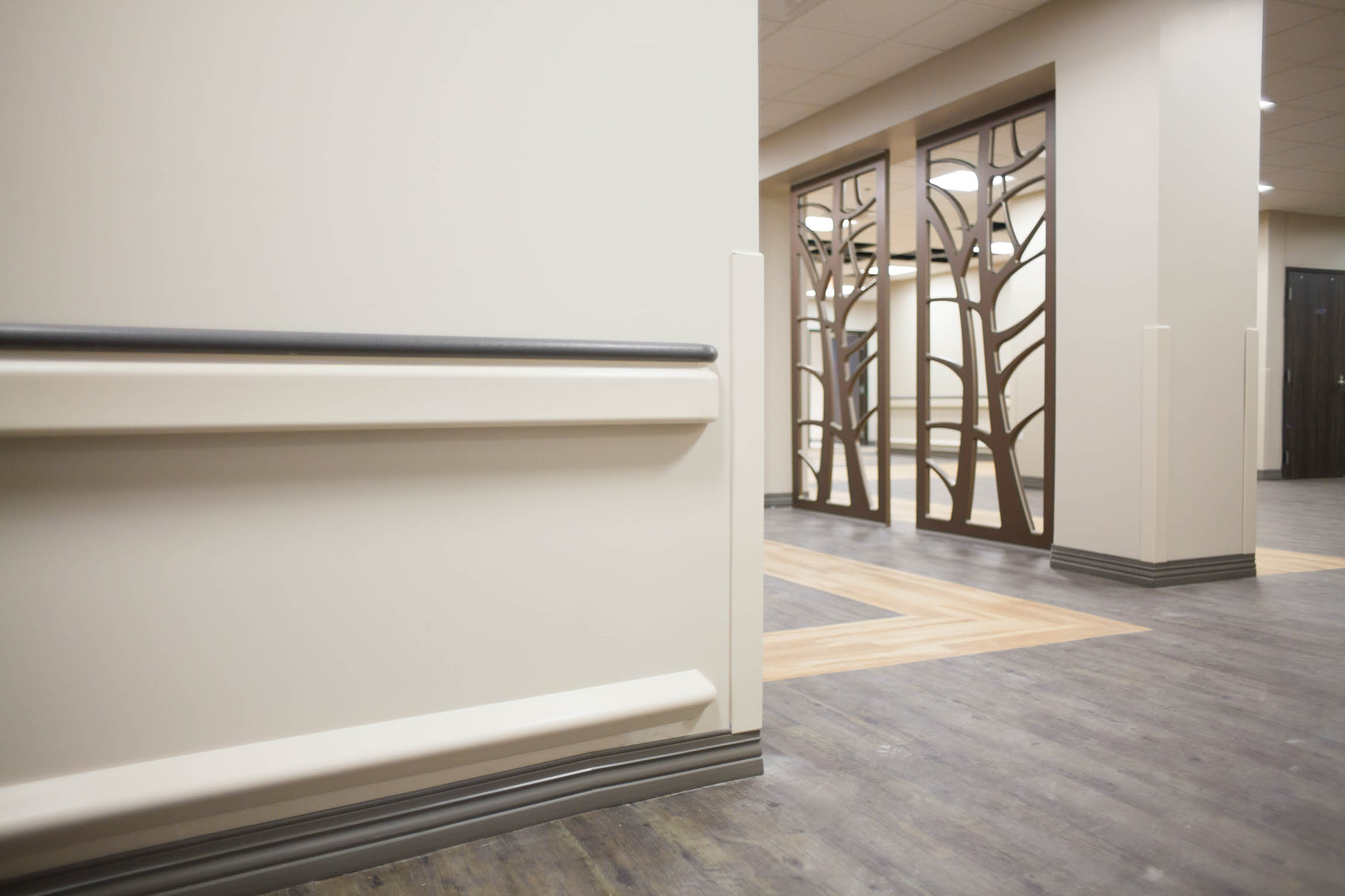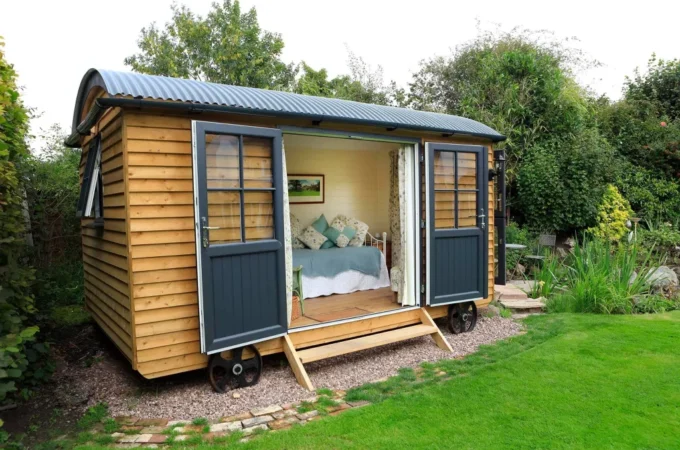
Do You Need Wall Corner Protectors?
We usually associate wall protectors with schools, hospitals, and other commercial buildings, but do you want one in your residence? Wall protection is often misunderstood by landlords as simply large crash rails preventing damage to hospitals or schools. While this is the most widespread and well-known application of wall protection, it is far from the only one. Indeed, there are a variety of situations in the house where it will save you time and money in the long run when it comes to wall repairs by Rootex.
Wheel Chair & Pram Users
Destroyed walls are more common in houses with wheelchair and pram users, especially in hallways where prams are frequently stored. If wheelchairs and prams pass across small gaps, they often scrape the walls, making houses appear less than ideal. The addition of wall protectors, specifically in hallways, would be especially beneficial in these types of housing. Households with wheelchair persons may also have stairlifts: on staircases with stairlifts, some form of wall protection is highly recommended, as regular passing adds to the wear and tear on the wall.
Children’s Play Rooms

Each room that is regularly used by kids is bound to be vulnerable to wall damage, particularly if felt tips are present! In playrooms and nurseries, wall protectors can be configured as paneling. This creates a sanitary, wipe-clean surface while still protecting your walls.
Garages
Those of us who maintain our automobiles in the garage on a daily basis understand that it can be a tight fit as they grow in size, resulting in more bumps and scrapes. If drivers try to unlock car doors inside the garage, they usually scratch them, and the same thing occurs to car bumpers when backing in. Both the vehicle and the garage should be protected with a wall protector in the form of impact-absorbing bump rails.
Another advantage of wall protection materials in retail establishments is that they act as a barrier to prevent spills and other liquid hazards from damaging or expanding the wall. If used in conjunction with a tile floor, the wall base provides a channel for water to flow away from the drywall and other surfaces, making cleanup a pleasure. Consider how easy it is to mop and go in a restaurant setting. Liquids could potentially seep into the drywall without the wall base in place, risking damage to the wall as well as providing a breeding ground for different fungi and bacteria. The drywall protective product protects drywall from harm caused by foot traffic, rolling carts, furniture moving, and the thousands of other tasks that occur in commercial environments.
Conclusion – A wall base is often utilized to help create an overall color scheme that complements the carpeting, tile, and paint color selected for space. Except for routine hygiene wall protection goods will normally last for several years with very minimal care and maintenance. They also aid in the creation of sharp lines throughout the rooms, as the area where the surface reaches the wall can be hard to get “perfect” in terms of ensuring that the flooring is correctly butted up towards the wall and that the color or other wall shielding is completely down to the floor. Wall bases serve as a “buffer” zone among the two, ensuring a tidy, solid appearance even if imperfections are present behind the scenes.




